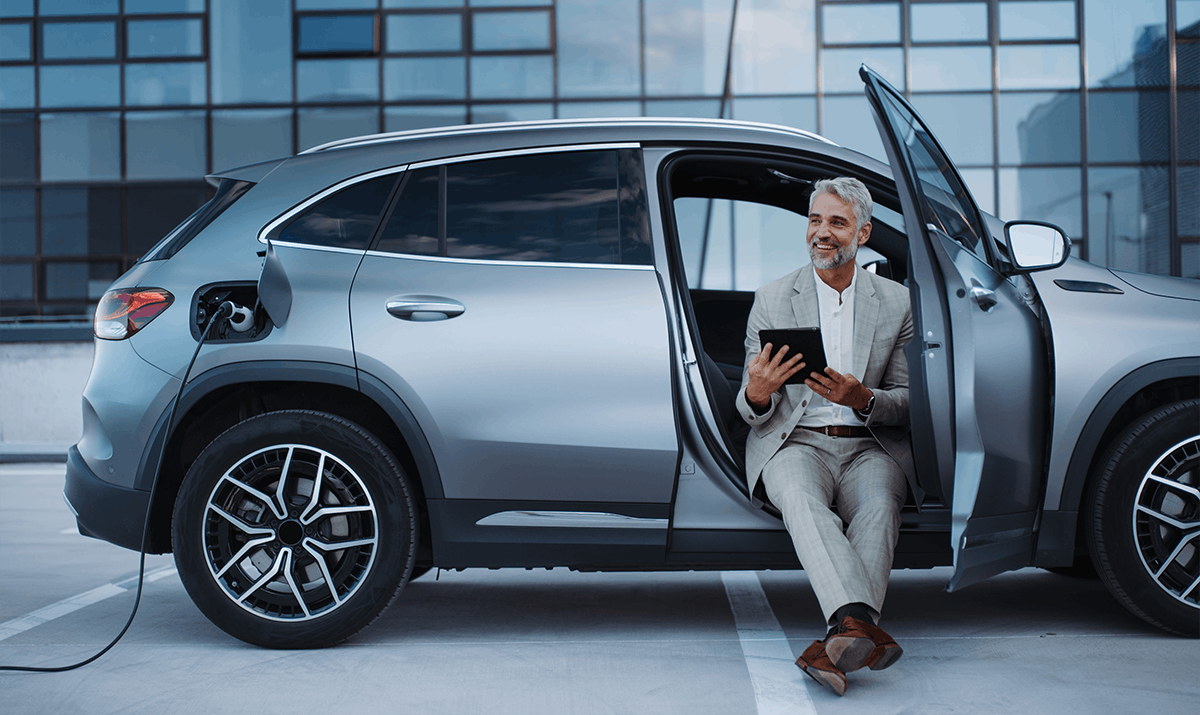
Why EVs Are More Affordable Now
Electric vehicles (EVs) have transformed the automotive landscape, offering an eco-friendly alternative to traditional internal combustion engine (ICE) vehicles. While early adopters faced high costs and limited options, today's EV market is more diverse and accessible, with numerous factors contributing to the affordability of EV ownership. In this blog post, we'll explore how advancements in technology, government incentives, lower operating costs, and increased availability of charging infrastructure are making EVs a financially viable choice for more consumers.
1. Technological Advancements
One of the most significant factors driving down the cost of EV ownership is the rapid advancement in technology. Several key areas have seen notable improvements:
a. Battery Technology: The cost of lithium-ion batteries, the heart of EVs, has dropped significantly over the past decade. According to BloombergNEF, battery prices have fallen by about 89% from 2010 to 2020. This decline is expected to continue, further reducing the overall cost of EVs. Advances in battery chemistry and manufacturing processes have also led to higher energy densities, meaning modern EVs can travel further on a single charge.
b. Manufacturing Efficiencies: Automakers have refined their production processes, resulting in economies of scale that lower the per-unit cost of EVs. The adoption of modular platforms that can accommodate various types of EVs has streamlined manufacturing, reducing costs.
c. Extended Vehicle Lifespan: EVs have fewer moving parts compared to ICE vehicles, leading to lower wear and tear. This simplicity in design translates to fewer breakdowns and longer vehicle lifespans, which contributes to their overall affordability.
2. Government Incentives and Policies
Governments worldwide are keen on promoting the adoption of EVs to reduce greenhouse gas emissions and dependence on fossil fuels. As a result, many offer a range of incentives to make EV ownership more attractive:
a. Tax Credits and Rebates: Many countries provide tax credits and rebates for EV buyers. In the United States, for instance, federal tax credits of up to $7,500 are available for qualifying EVs. Additionally, several states offer their own incentives, such as California’s Clean Vehicle Rebate Project, which provides up to $2,000 in rebates.
b. Reduced Registration Fees: Some states and municipalities offer reduced registration fees for EVs. For example, Georgia offers a reduced annual registration fee for EVs compared to traditional vehicles.
c. Non-Monetary Benefits: In addition to financial incentives, EV owners often enjoy non-monetary benefits like access to HOV lanes, free or discounted parking, and exemptions from certain tolls.
3. Lower Operating Costs
EVs are generally cheaper to operate than ICE vehicles due to several factors:
a. Fuel Savings: Electricity is typically cheaper than gasoline. According to the U.S. Department of Energy, fueling a vehicle with electricity costs about half as much as fueling a conventional vehicle with gasoline. This cost differential can lead to substantial savings over the life of the vehicle.
b. Maintenance Savings: EVs require less maintenance due to their simpler design. They don’t need oil changes, and they have fewer components that require regular maintenance, such as spark plugs, timing belts, and exhaust systems. This can result in significantly lower maintenance costs over the lifespan of the vehicle.
c. Regenerative Braking: Many EVs feature regenerative braking systems that recover energy during braking and use it to recharge the battery. This not only extends the range of the vehicle but also reduces wear and tear on the brake pads, leading to lower maintenance costs.
4. Expanding Charging Infrastructure
The expansion of charging infrastructure has made EV ownership more convenient and practical, reducing the perceived barriers to entry:
a. Increased Number of Charging Stations: The number of public charging stations has grown exponentially. According to the International Energy Agency (IEA), the number of public EV chargers worldwide increased by 60% in 2020 alone. This expansion ensures that EV owners have access to charging facilities at home, work, and in public places.
b. Fast Charging Networks: The development of fast-charging networks allows EV owners to recharge their vehicles quickly. Companies like Tesla, Electrify America, and ChargePoint are continuously expanding their fast-charging networks, reducing charging times and making long-distance travel more feasible.
c. Home Charging Solutions: The availability of affordable home charging solutions enables EV owners to charge their vehicles overnight, taking advantage of lower electricity rates during off-peak hours. Many utility companies also offer special EV rates that make home charging even more cost-effective.
5. Resale Value and Market Demand
The resale value of EVs has improved as they become more mainstream and as technology advances:
a. Market Demand: As consumer awareness and demand for sustainable transportation options grow, the market for used EVs has expanded. This increased demand helps to maintain the resale value of EVs, making them a more attractive investment.
b. Battery Warranties: Many manufacturers offer extensive warranties on EV batteries, often covering 8 years or 100,000 miles. These warranties provide peace of mind to buyers of used EVs, knowing that they are protected against potential battery issues.
The convergence of technological advancements, government incentives, lower operating costs, expanded charging infrastructure, and improved resale values has collectively made EV ownership more affordable than ever. As the automotive industry continues to evolve, the barriers to entry for EVs are diminishing, making them a practical and cost-effective option for a growing number of consumers. Embracing EVs not only offers financial benefits but also contributes to a cleaner and more sustainable future. Whether you're considering your first EV or looking to upgrade, there's never been a better time to make the switch.








